¿Quieres tener un acuario de arrecife sano y bonito?
No lo conseguirás sin el uso de ciertos equipos. Algunos son muy baratos y su uso es indiscutible, pero otros pueden suponer un importante desembolso y deberemos decidir cuidadosamente cuál es el que más nos interesa.
Los acuarios de arrecife son pequeños ecosistemas únicos e inimitables, con una biología compleja y muchas veces impredecible. Es por eso que en ocasiones lo que funciona bien en unos no es igual para otros, de modo que los consejos que aquí se comentan deben tomarse como una guía general y ha de prevalecer siempre la observación y prudencia antes de hacer cualquier cambio.

Depuradora de agua
El acuario de arrecife requiere de un aporte de agua de la máxima calidad, tanto para el relleno la que se evapora como para preparar agua marina destinada a los cambios periódicos.
Debemos emplear agua de elevada pureza, libre de contaminantes habituales en la red de suministro, los cuales aún en pequeñas cantidades (trazas) pueden suponer un peligro para los habitantes del acuario cuando se van acumulando con el paso del tiempo.
Pero no solo los contaminantes como el cobre, nitratos, fosfatos o cualquier metal pesado suponen una amenaza. También debemos eliminar cualquier otro elemento o sustancia que a largo plazo podría ocasionar un desequilibrio en la composición del agua marina. Y también incluyo a los considerados como beneficiosos y necesarios como calcio, carbonatos y potasio. Imaginemos que para el relleno de agua evaporada usamos un agua muy limpia, sin ningún contaminante pero con un contenido moderado de carbonatos (agua dura); la consecuencia a largo plazo será un desequilibrio iónico en el agua del acuario el cual contendrá una relación de calcio/carbonatos inferior a la deseable. De modo similar cada vez que hagamos un cambio de agua estaríamos añadiendo una cantidad desconocida y no prevista de cualquiera de estos elementos y sustancias que se acumularán con el paso del tiempo.
Es por ello que incluso aunque dispongamos de un agua de excelente calidad, completamente libre de cualquier contaminante resulte altamente recomendable el empleo de una depuradora de osmosis inversa.

Pantalla de iluminación
La pantalla es sin duda uno de los elementos diferenciadores en un acuario de arrecife. No sólo nos permite poder disfrutar de la riqueza cromática de nuestros peces y corales, también proporcionará la energía necesaria para que los animales fotosintéticos puedan prosperar. Existen varias tecnologías y dependiendo de nuestro presupuesto y los animales que queramos mantener podremos elegir entre unas y otras o incluso decantarnos por una híbrida.
Voy a intentar desarrollar un poco este tema sin detenerme en aspectos excesivamente complejos.
Los colores que percibimos en los corales pueden ser clasificados en dos grandes grupos:
- Reflectivos. Como su nombre indica son aquellos que reflejan los corales cuando una luz incide sobre su superficie. Son colores predominantemente fluorescentes, fácilmente reconocibles en corales de pólipo largo (LPSs) como trachyphyllias, cynarinas, pectinias o caulastreas por citar unos pocos.
- Emisivos. Son los colores devueltos por los corales cuando producen la correspondiente cromoproteína. Estas sustancias son normalmente producidas como una respuesta a radiaciones cercanas al ultravioleta aunque también existe una respuesta en longitudes de onda mayores. Estos colores son muy ricos en matices y tonalidades y son muy habituales en corales de pólipo corto (SPSs), principalmente acroporas, pocilloporas y seriatoporas. Conseguir que los corales segreguen estas cromoproteínas es un auténtico reto para el aficionado, requiere bastante tiempo y estabilidad en los parámetros, así como una iluminación muy intensa y del espectro adecuado.
Existen tres tecnologías principales y de ellas se derivan distintas combinaciones en lo que se conoce como equipos híbridos:
- Fluorescencia (T5). Es una de las más antiguas y aún vigente, incluso hay fabricantes que están en pleno desarrollo. Proporcionan una iluminación muy distribuida (lo cual se traduce en pocas sombras y corales muy bien iluminados en todos sus lados) y favorecen la producción de cromoproteínas, lo cual hace que sea una de las favoritas para los aficionados a los corales SPS. El consumo energético es moderado.
- Leds. Se trata de una de las tecnologías más demandadas por su controlabilidad y por su facilidad para la reproducción de colores reflectivos, principalmente las características fluorescencias de los LPSs y algunos peces. La distribución de la luz es bastante focalizada por lo que salvo en las pantallas que equipan grandes matrices de led, los corales y la roca mostrarán bastantes sombras y zonas desigualmente iluminadas. Tienen una eficiencia energética relativamente alta lo cual hace que sean la elección perfecta para aquellas personas que no quieren pagar grandes facturas de electricidad ni calentar el agua del acuario.
- Halogenuros metálicos (HQI). Es una de las más antiguas pero no por ello está fuera de uso. Digamos que tienen lo mejor y lo peor de las anteriores: iluminación muy natural con gran capacidad para reproducir colores emisivos y reflectivos, gran potencia que permite iluminar acuarios muy profundos, efecto rielado, distribución muy focalizada y por tanto aparición de sombras y gran generación de calor debida a su baja eficiencia energética.
La correcta elección de una pantalla no es una cuestión sencilla. En primer lugar deberemos decidir qué tipo de animales queremos mantener en nuestro acuario de arrecife ya que no tiene ningún sentido intentar potenciar un tipo de coloración con determinada pantalla si después los animales no son capaces de mostrarlo.
Veámoslo con unos ejemplos:
- Queremos iluminar un acuario muy profundo en el que predominan los peces y algún coral duro de pólipo largo como fungias, acanthastreas o blastomussas. No tendría sentido instalar una pantalla de tubos fluorescentes porque apenas llegaría luz a los corales situados en el fondo y esa luz no sería la mas adecuada para mostrar su fluorescencia reflectiva. Del mismo modo los peces se verían más bonitos bajo la luz de halogenuros metálicos, con brillos y rielado. Las sombras que se proyectarían en el sustrato podrían aportar un bello efecto dramático a este conjunto.
- [sociallocker]Queremos iluminar un acuario en el que predominan las acroporas y otros corales de pólipo largo. Lo ideal sería instalar una pantalla que pueda favorecer la producción de cromoproteínas, especialmente en la zona cercana al violeta; si el acuario es poco profundo bastaría con equipo de tubos T5, en caso de ser algo más profundo de 50 cm podríamos recurrir a una pantalla híbrida de combinando la fluorescencia con halogenuros metálicos o leds.
- Queremos iluminar un acuario de pequeñas dimensiones, en el que vamos a tener pequeños peces y algún coral. Aconsejaría la solución basada en leds, por su versatilidad y eficiencia, evitando así calentar el agua en exceso.[/sociallocker]

Bombas de movimiento
Otro de los elementos imprescindibles en un acuario de arrecife. Por varios motivos como son facilitar el acceso a la comida a los corales, el intercambio gaseoso, homogeneizar los parámetros físico-químicos del agua o mantener el sustrato libre de sedimentos debemos prestar especial atención a las bombas de movimiento.
Pero, ¿cuánta agua hay que mover? ¿de qué manera? ¿en qué momento? No hay una respuesta general a estas preguntas, cada sistema tiene unos requerimientos propios. No es lo mismo recrear la cresta de un arrecife en la que solo encontraremos acroporas y pocilloporas que el fondo de una laguna protegida por un arrecife de barrera y en la que habitan otro tipo de animales.
Podríamos afirmar que cada biotopo está habitado por determinados peces e invertebrados y que estos animales tienen las necesidades correspondientes al propio biotopo. Es una relación que debemos respetar cuando planifiquemos nuestro próximo acuario. Lo vemos con unos ejemplos:
- Arrecife de barrera. Animales: acroporas, pocilloporas, acanthuros, dascyllus… Corrientes fuertes normalmente unidireccionales y oleaje en la cara expuesta.
- Arrecife de banco. Similar al anterior pero con corrientes multidireccionales.
- Laguna arrecifal, interior de atolón. Animales: seriatoporas, blastomussas, caulastreas… Corrientes moderadas a fuertes dependiendo de las mareas, poco oleaje.
- Estuarios y bahías. Animales: discosomas, zooanthus, xenias, anémonas, LPSs, amphipriones, pterois, ballistoides… Corrientes débiles, poco oleaje, gran influencia de las mareas y habitual calma nocturna.
Actualmente hay gran variedad de bombas en el mercado, las tenemos de caudal fijo, de caudal variable, wave-makers, centrífugas con mayor o menor apertura, de flujo cruzado…

Skimmer
Muchos lo consideran el equipo más importante, yo no estoy de acuerdo. Opino que es un equipo imprescindible en las primeras etapas de un acuario pero llegado a un determinado estado de maduración se podría incluso retirar (en determinados acuarios y bajo determinadas circunstancias).
Lo que sí considero verdaderamente importante es instalar el skimmer apropiado y no uno sobredimensionado.
Un skimmer retirará sustancias polares en un fluido con una determinada tensión superficial (por eso no funciona con agua dulce). ¿Qué significa esto? pues que por muy potente que sea el aparato habrá muchas sustancias que no retirará, como por ejemplo amonio, nitritos, nitratos o fosfatos. Por el contrario será muy eficiente a la hora de retirar partículas en suspensión, bacterias, urea y cualquier tipo de proteína.
Un skimmer puede complementarse perfectamente con el empleo de carbón activo, lo cual además de aumentar notablemente la transparencia del agua ayudará a retirar muchas de las sustancias perjudiciales que flotan en el ambiente como disolventes químicos y partículas de humo por poner algún ejemplo.
No debemos olvidar la capacidad que tiene un skimmer para producir un importante intercambio gaseoso, lo cual puede ser positivo (eliminar CO2 residual y saturar el agua de O2) y negativo (introducir en el agua sustancias ambientales perjudiciales).

Reactor de calcio
Un acuario de arrecife es un acuario con corales, y como sabemos, los arrecifes están compuestos principalmente por corales hermatípicos, es decir, aquellos con capacidad para construir estructuras mediante el uso de carbonato de calcio principalmente. Por lo tanto, será fundamental aportar al acuario de arrecife la cantidad óptima de iones de calcio y carbonatos, ya nada mejor que un reactor de calcio.
Cierto es que un reactor de calcio puede ser sustituido por un conjunto de bombas dosificadoras que echen periódicamente la cantidad de calcio y carbonato que estimemos necesaria, o por un reactor de hidróxido de calcio, o más sencillo aún: dosificación manual sin ningún tipo de aparatos.
Pero el reactor de calcio presenta ciertas ventajas como comentábamos en este artículo: Cómo ajustar el reactor de calcio. La principal es que, a diferencia del método Bailing, con un reactor de calcio siempre aportaremos una cantidad equilibrada de iones de calcio e iones de carbonato (en relación estequiométrica 2,8ºdkH por cada 20 mg/l de Calcio) por lo que no se verá afectado el equilibrio iónico del agua a largo plazo.
Hoy en día existe gran variedad de equipos con los que se puede dotar nuestro acuario de arrecife, desde reactores de biopellets, hasta esterilizadores ultravioleta; enfriadores, controladores, reactores de zeolitas, de carbón activo y bombas dosificadoras son algunos ejemplos. Todo dependerá del acuario que queramos mantener y del grado de sofisticación que permita nuestro presupuesto.


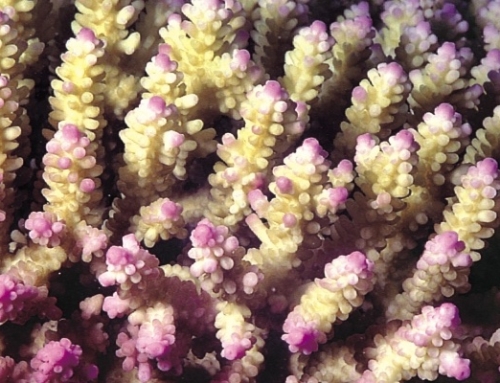
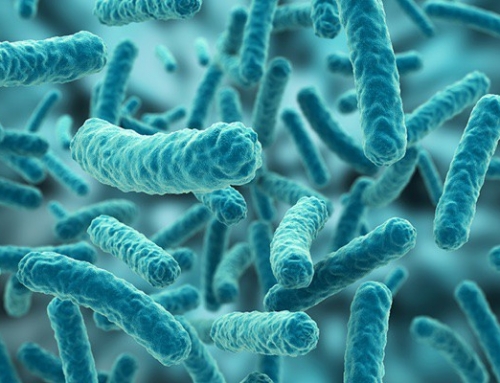
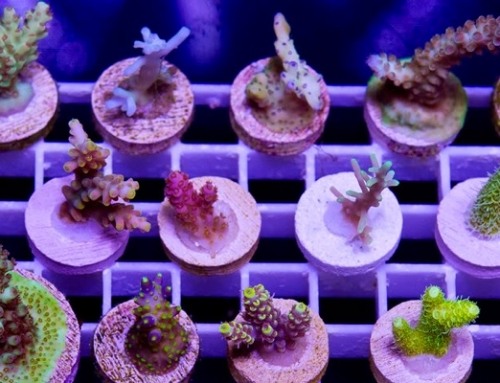

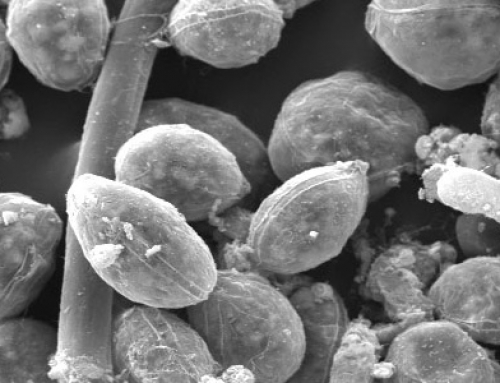
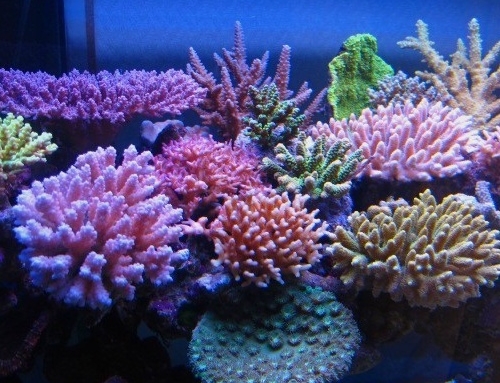

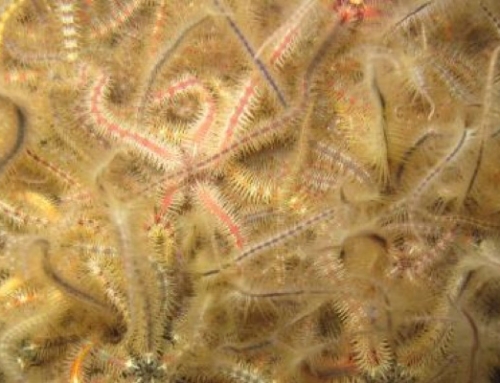
Deja tu comentario
Debe iniciar sesión para escribir un comentario.